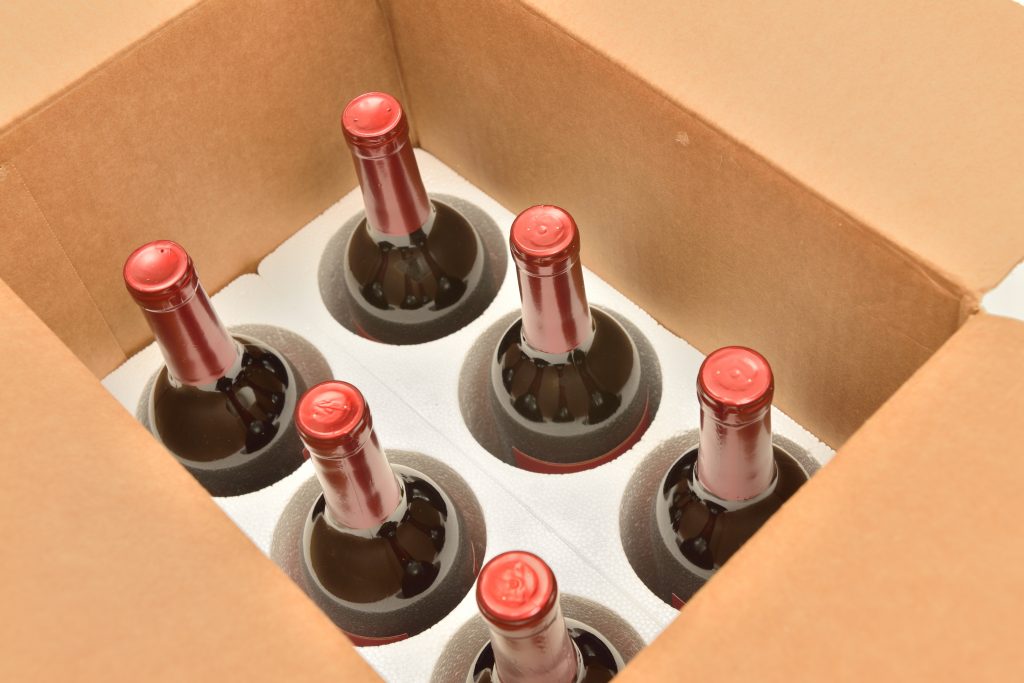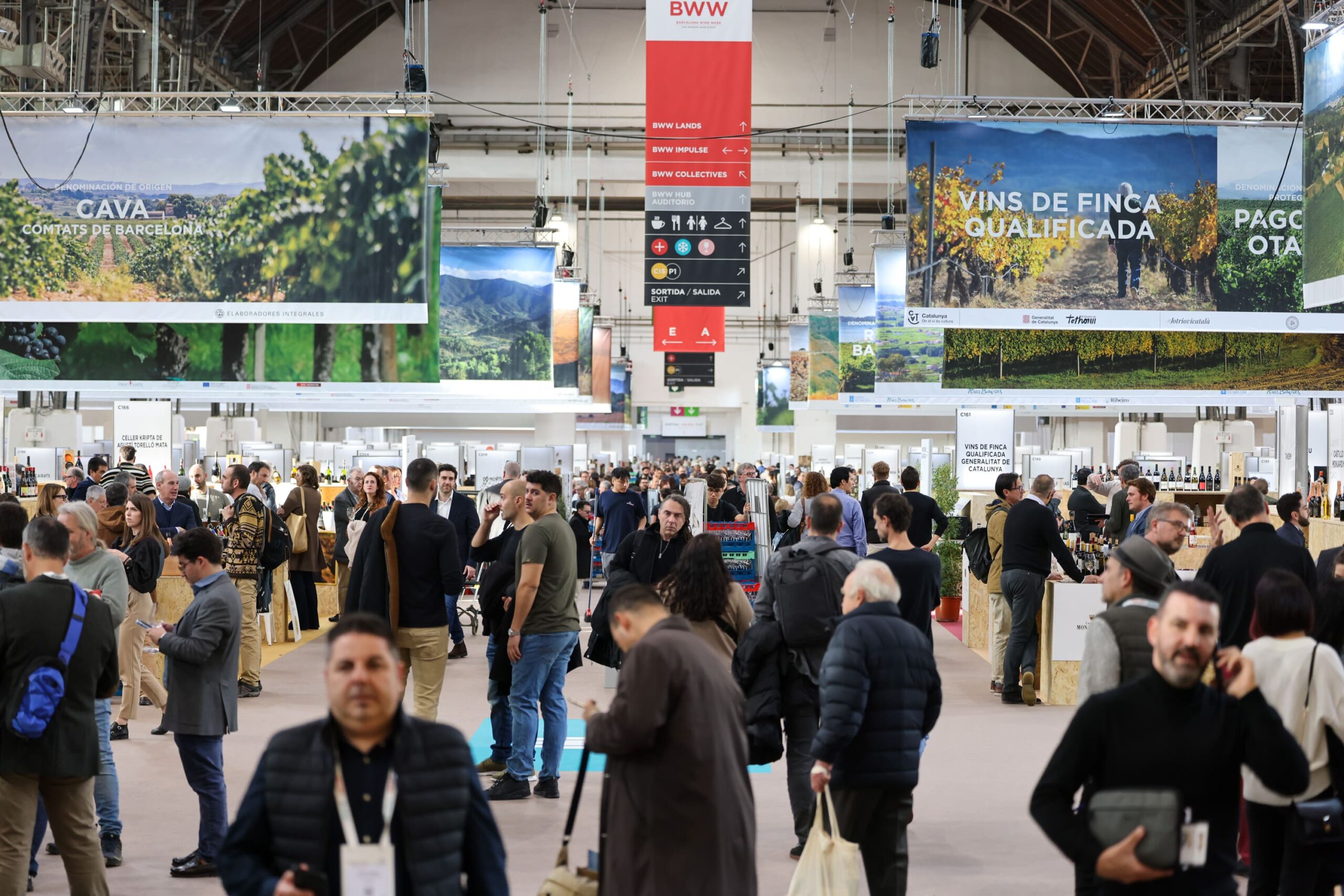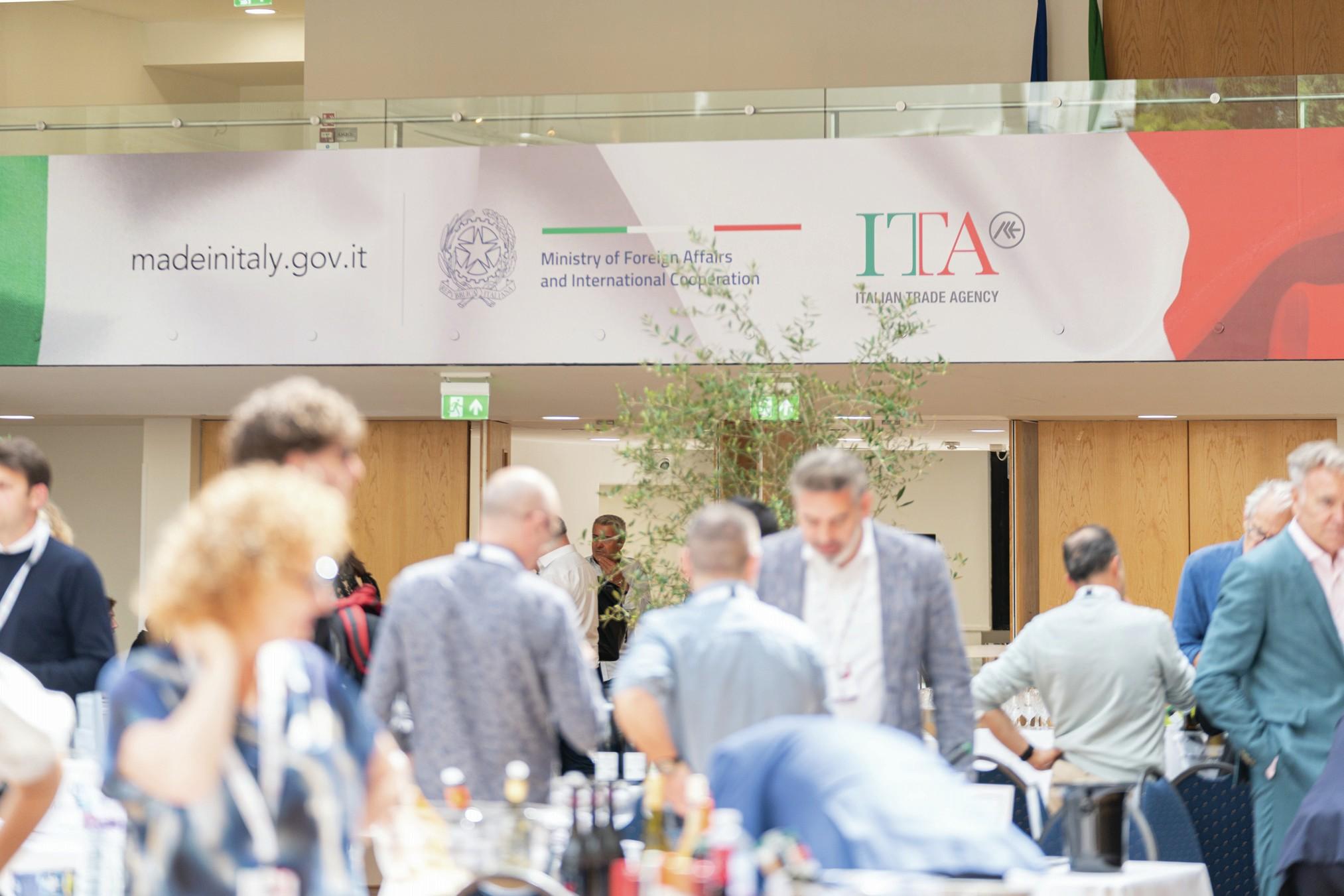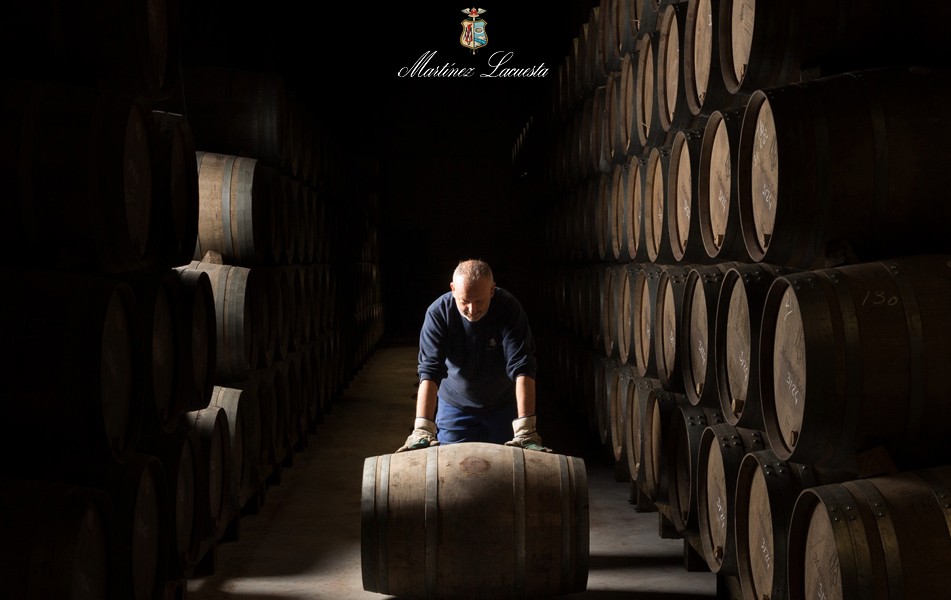New white paper suggests reforms to US interstate shipping regulations
The National Association of Wine Retailers (NAWR) has published a white paper on how to reform US regulations on inter-state shipping and open up the market for rare and fine wines for thousands of consumers.

The national trade association, which was founded in 2006 to represent fine wine and spirit retailers across the US who are in favour of reform, has launched the paper to offer a framework to regulate interstate retail wine shipments “efficiently and effectively”.
Although its suggestions remain within the existing traditional three-tier system that separates producers, distributors and retailers, it argues that they would free up the “roadblocks” that prevent consumers from accessing thousands of wines and state governments from collecting the revenues associated with those sales.
It argues that even though consumers have dramatically migrated to online shopping, and interstate delivery of goods has improved in efficiency in the last 25 years, “the online retail purchase and delivery of wine has been practically shut down by states seeking to preserve advantage for in-state wine retailers and wholesalers”.
Currently only 12 states and the District of Columbia allow consumers to receive shipments of wine from out-of-state wine retailers, wine clubs and wine auction houses (accounting for 28% of the US population), with 19 allowing wine shipments from in-state retailers (serving just over half of the population) and 19 banning all retailer wine shipments outright (around 20% of the population of the US).
As a result, only a small minority of the vast array of wines imported to the US or domestically produced receive wide distribution in most states, the NAWR said – with the rare, collectible, hard-to-find, and small-production wines being disproportionately affected by the current status quo.
Partner Content
The size and value of the retailer wine shipping channel, which is hard to estimate but thought to be worth anything between $1.14 billion (as per Rabobank estimates in 2021) to “double that”, the NAWR said, is being “artificially suppressed by state laws that ban the shipment of wines from out-of-state licensed retailers”.
The report cited the state of Nebraska as an example, where only 57 wines out of the 27,000 wines approved for sale in the state represented vintages earlier than the year 2000.
This hasn’t always been the case – direct-to-consumer wine shipments were “commonplace” before the Supreme Court made a landmark decision in the Granholm v. Heald11 case in 2005, which accelerated wine shipping regulations to manage the expansion of the channel in the wake of the ruling.
It warned that “protectionist laws that restrict their citizens’ access to legal products” were ultimately detrimental “to the state, the rule of law, and their own consumers and should be avoided”.
Tom Wark, executive director of NAWR called the white paper “the only comprehensive exploration of this important channel for wine distribution ever prepared for lawmakers, regulators, and stakeholders.”
Among its recommendations were the adoption of an open permit system, with retailers paying a “reasonable and not
prohibitively expensive” permit a licensing fee to ship to other states, which gives the state issuing the permit jurisdictional oversight.
Related news
The Drinks Business year in review: 2025
ASC Fine Wines and Vinarchy strike exclusive distribution deal




